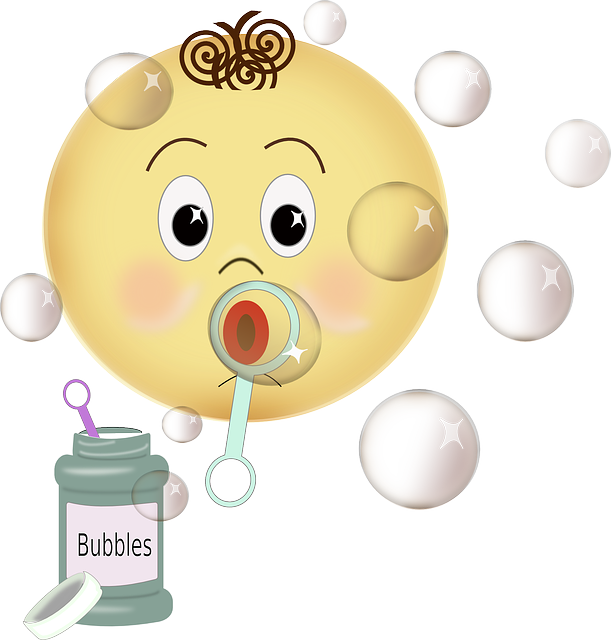Sensory integration refers to the processing, integration and organization of sensory information from the body and environment. It includes how we experience, interpret and react to or ignore information coming from all of our senses (sight, hearing, touch, taste, small, proprioception (body awareness and position,) vestibular (awareness of movement, balance and coordination) and interoception (tells us what’s happening inside our body like hunger or fatigue.))
Sensory integration and regulation play an important role in language development as children need to be in a regulated state to learn. A dysregulated state can impact a child’s participation, independence and engagement in daily activities. Occupational therapist Winnie Dunn developed a framework, termed Winnie Dunn’s sensory processing framework (DSPF) which yields four sensory patterns. Knowing about these patterns may be helpful if your clients exhibit some of these characteristics. You as his or her SLP can adjust the environment so that it is optimal for learning and targeting goals.
- Seeker: look for more sensory input and may be distracted by trying to find this new input; benefits from environments that provide intense or exciting input; suggestions for the SLP environment: introducing a yoga ball for a chair, obstacle courses, music/dancing, and bright lights and colors
- Sensor: notice every form of stimuli – can be aware of the sensory input and then react to it which may make them appear or seem picky; tips for the SLP environment: covering shelves full of toys/books with sheets/curtains, reducing amount of stuff from desk or bench, using a lower volume
- Avoider: display aversive reactions to sensory input because it’s too much; may cover their ears during music or try to leave environments that are too loud; tips for the SLP environment: speaking in a low volume, using soft touches, adjusting seating to face a blank wall (or at the very least, turning away from a mirror or window)
- Bystander: miss sensory input that others may notice, may appear easygoing; they might miss important directions and so, may need reminders; suggestions for the SLP environment: change up the routine and provide reminders when completing tasks, incorporate heavy lifting (carrying toys back and forth, pushing something heavy) and allow for movement breaks
Source: “Is Your Client an Avoider or Seeker? Sensor or Bystander?“ Jessie Ginsburg
Get a Free Online Assessment
Looking for an expert opinion on your child's needs? Fill out a 3 minute questionnaire and receive a personal evaluation from our staff



